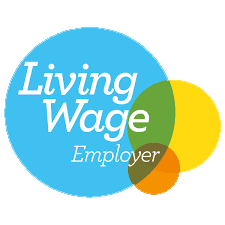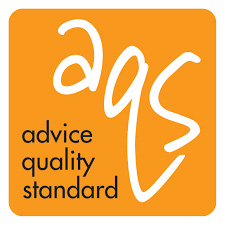Accessibility
This site has been designed to be easy to use and accessible, but there are some things you can do to make our site even easier to use:
- Site accessibility features
- Customising your computer
- Using keyboard shortcuts
- Useful links
Site accessibility features
Resizable text
By default, text is set at a medium font size, but you can resize the text on all pages using options in your web browser.
Customising your computer
AbilityNet and the BBC have developed some tutorials which tell you how to customise your computer to give you a better experience when using the web. For example, you can find out how to:
- change how information is shown on your screen, to get more on, or to see content more clearly
- change colours and fonts, a good idea if you have a visual impairment and need more contrast
- adapt the mouse, for example, to slow it down, make the pointer bigger, or if you are left-handed
- change a variety of keyboard settings, including the rate at which the cursor blinks.
- Go to AbilityNet for more information, or My Web My Way to see the tutorials.
Using keyboard shortcuts
You can use keys on the keyboard to move around our website more quickly. These are called shortcuts, and the keys you use depend on your computer and browser:
Using keyboard shortcuts in Windows
Using keyboard shortcuts to work your browser
- Start your internet browser – “Windows” key + “I”
- New window (once your browser is open) – “Ctrl” + “N”
- New tab – “Ctrl” + “T”
- Move to next tab – “Ctrl” + “Tab”
- Move to previous tab – “Ctrl” + “Shift” + “Tab”
- Close tab – “Ctrl” + “F4”
- Close browser window – “Alt” + “F4”
- Select the address bar – “Alt” + “D”
- Reload/refresh the current page – “F5”
- Stop downloading the current page – “Escape”
- Back to previous page – “Backspace”
- Forward to next page (previously downloaded) – “Shift” + “Backspace”
- Go to your Home page – “Alt” + “Home”
- Web search – “Ctrl” + “K” to skip to the search in Firefox, or “Ctrl” + “E” to open the search pane in Internet Explorer
- Bookmark current page as a favourite – “Ctrl” + “D”
- Open Bookmarks/Favourites pane – “Ctrl” + “I”
- Open History pane – “Ctrl” + “H”
Using keyboard shortcuts in Mac OS
- New window (once your browser is open) – “Apple” + “N”
- New tab – “Apple” + “T”
- Move to next tab – “Apple” + “Option” + “Tab”
- Move to previous tab – “Apple” + “Shift” + “Tab”
- Close tab – “Apple” + “F4”
- Close browser window – “Option” + “F4”
- Select the address bar – “Option” + “D”
- Reload/refresh the current page – “F5”
- Stop downloading the current page – “Escape”
- Back to previous page – “Backspace”
- Forward to next page (previously downloaded) – “Shift” + “Backspace”
- Go to your Home page – “Option” + “Home”
- Web search – “Apple” + “K” to skip to the search in Firefox, or “Apple” + “E” to open the search pane in Internet Explorer
- Bookmark current page as a favourite – “Apple” + “D”
- Open Bookmarks/Favourites pane – “Apple” + “B”
- Open History pane – “Apple” + “H”
More keyboard shortcuts
On this page we haven’t listed all possible keyboard shortcuts, or the instructions for all operating systems. There are numerous sources of lists of keyboard shortcuts on the web. Simply search using your favourite search engine, but to get you started, there is one on Wikipedia, one supplied by Mozilla and there is also a list on computerhope.com.
You can also find the shortcut keys to your favourite programs by looking for underlined letters in their menus. For example, in the picture below, the “F” in File is underlined, which means that you can access the File menu by pressing “Alt” + “F” (although some programs need you to press and hold “Alt” to see the underlined characters).
You can also see within the “File” menu that some of the common features, such as “Open” and “Save”, have shortcut keys assigned to them – for example, pressing “Ctrl” + “O” would allow you to open another file in this program.
Useful links
You can download free software from the web, and find out about accessibility features for a variety of systems:
www.abilitynet.org.uk – for information about customising your computer
My Web My Way – for information and tutorials, developed by the BBC and AbilityNet, on customising your computer
www.microsoft.com/enable/training/default.aspx – Microsoft accessibility wizard and how to use it
www.google.com/accessibility/all-products-features.html – Google accessibility tools
www.apple.com/accessibility – Apple Macintosh accessibility features
www.accessfirefox.org – accessibility features in Firefox and download extensions

